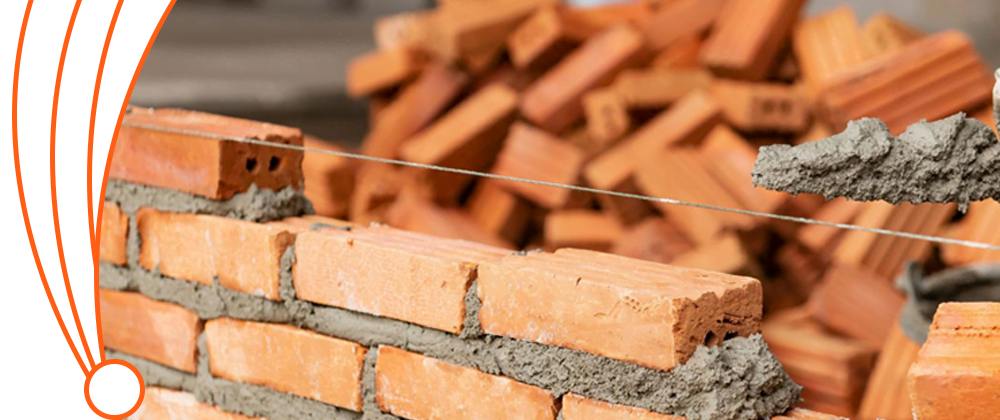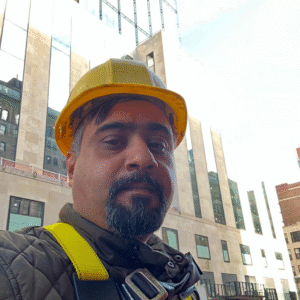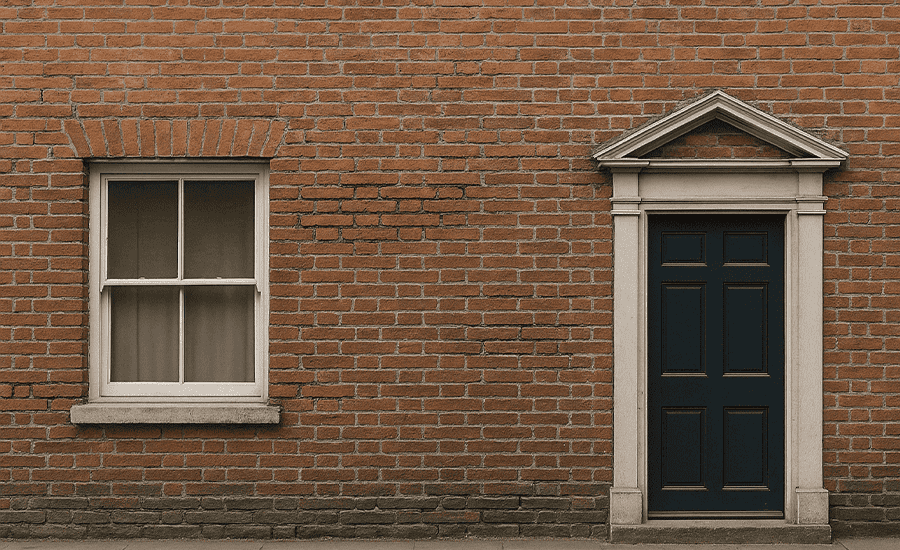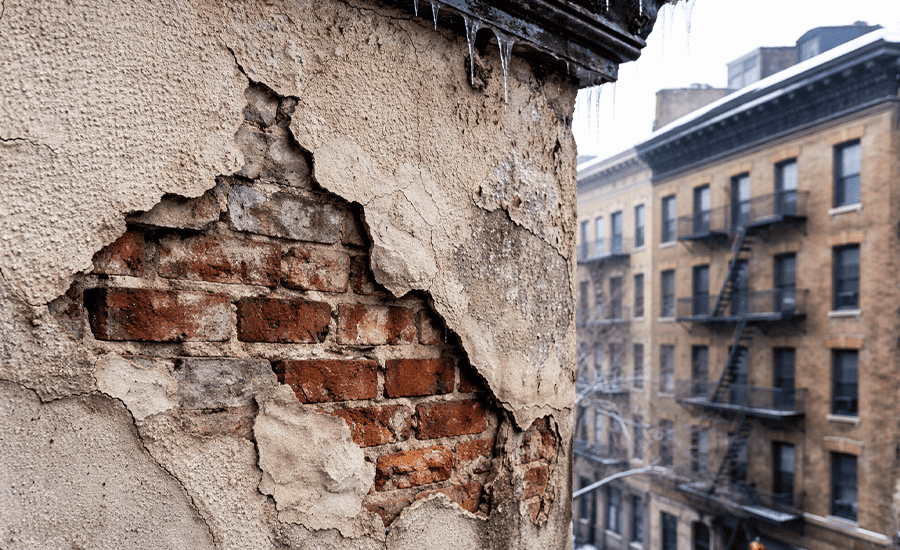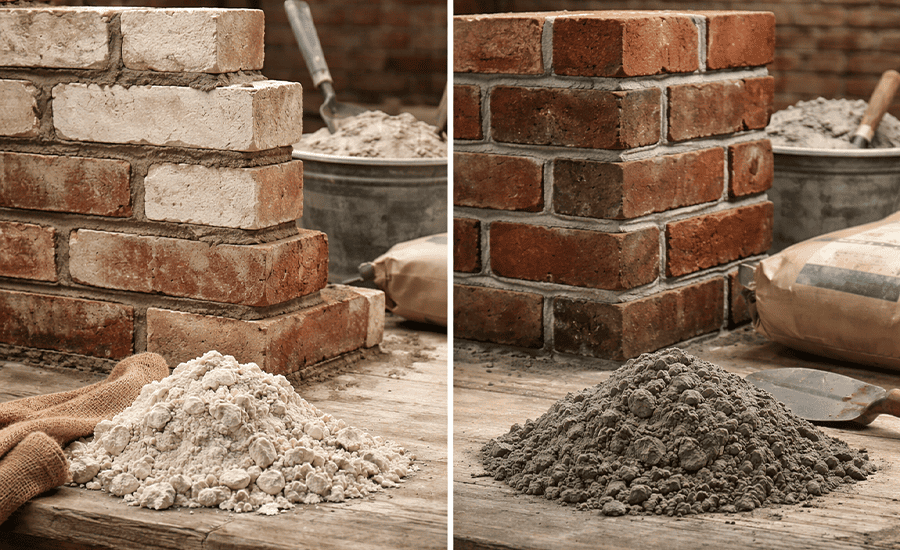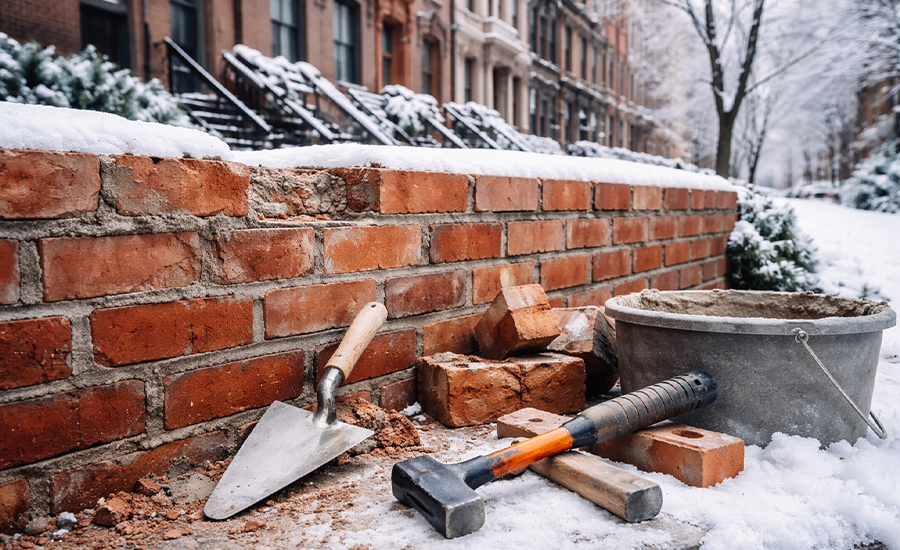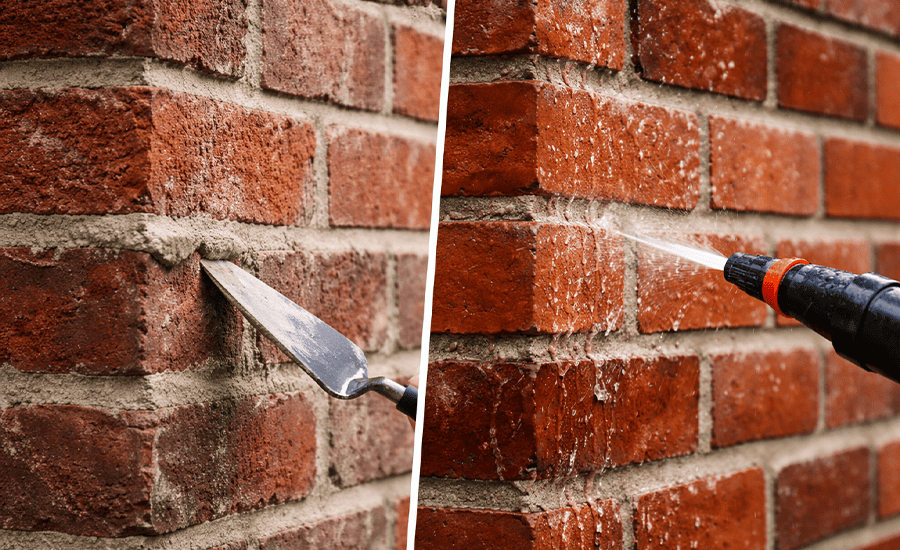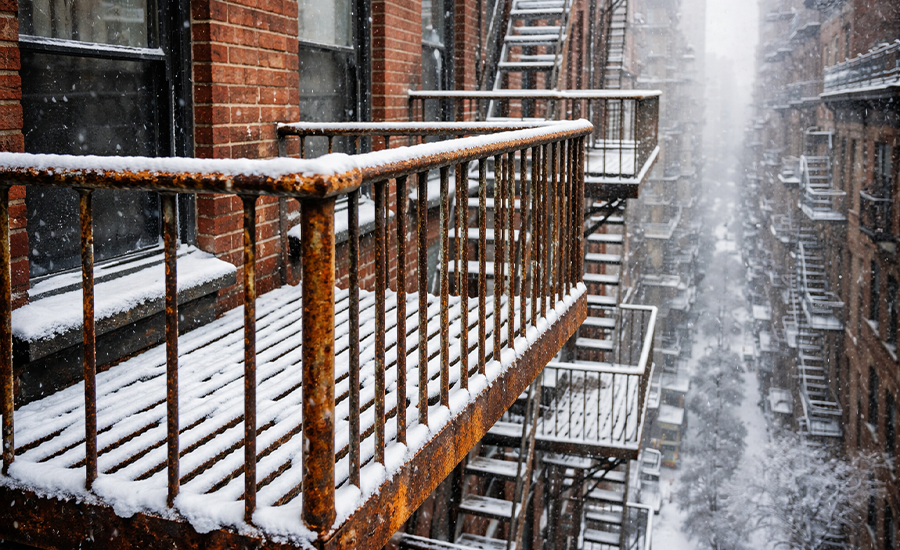Every construction method has its advantages and disadvantages. Like when performing struck pointing, some of the challenges occur, like a slight protrusion and visual depth issues in the masonry walls, which demand skilled techniques and perfection in every application and restoration. Using the correct and compatible mortar mixes, which are formulated with industry-approved techniques. Struck-pointing seems a bit more expensive than other methods because of the extensive labor and risks of execution, while repointing it in the best form for durability and longevity of the masonry.
In this blog, we’ll discuss the challenges that are seen while performing the struck pointing and how it affects your masonry:
Challenges occur while performing Struck Pointing
Here are some of the difficulties that Struck pointing faces:
Accurate Workmanship
One of the defining characteristics of struck pointing is the angled finish. Achieving and maintaining this consistently across all joints is challenging.
Executional Challenges:
- Each joint must have the same downward slope.
- Uneven mortar removal or tool angle can cause misalignment.
- Even minor inconsistencies are apparent.
Installation Risks:
- Water is pooling in the joints.
- Loss of visual uniformity.
- Long-term structural degradation.
Material Adaptability
Using the wrong mortar type, especially on older buildings, can damage brick faces or cause early joint failure.
- Brick age & material: Soft bricks require lime mortar.
- Historic restorations: Must match the original composition.
- Local climate: Portland cement may crack in freeze-thaw zones.
Potential Flaws:
- Spalling or crumbling of bricks.
- Detachment of mortar from joint surfaces.
- Accelerated wear under environmental stress.
For more on why this method suits heritage structures, see our guide on why is struck pointing popular for older buildings?
Labor-intensive Process
Struck pointing requires hand-shaping after the mortar is applied and partially set. This adds labor hours compared to concave or flush pointing.
Consequences:
- Increased project duration.
- Higher labor costs.
- Delayed turnaround for commercial jobs.
Appearance Conformity
Struck pointing is often selected for its strong visual effect. That makes it unforgiving when done poorly.
Appearance inconsistencies:
- Maintaining straight, angled lines on irregular bricks.
- Matching finish in repair or partial repointing work.
- Combining new pointing with weathered brick surfaces.
Water Mismanagement
The slope of the struck pointing is meant to shed water. If the angle is reversed, it can lead to moisture retention.
Frequent Gradient Errors:
- Bottom edge protrudes more than top = bad drainage.
- No slope = water sits on the joint.
- Reversed slope = water pushed into the wall.
Consequences:
- Damp penetration.
- Mold and mildew in interior walls.
- Freeze-thaw cracking in colder climates.
Learn more about how struck pointing impacts runoff in how does struck pointing affect water drainage?
Climate-dependent Performance
The weather has a big impact on mortar performance. Struck pointing requires more cure time and shape retention, so it’s especially vulnerable.
Weather Risks:
- Rain washes out the mortar, which leads to instability
- Wind causes cracking as it dries the mortar quickly
- Temperature fluctuations cause heat, which leads to uneven curing
- The cold weather may pose a risk of freeze-thaw damage
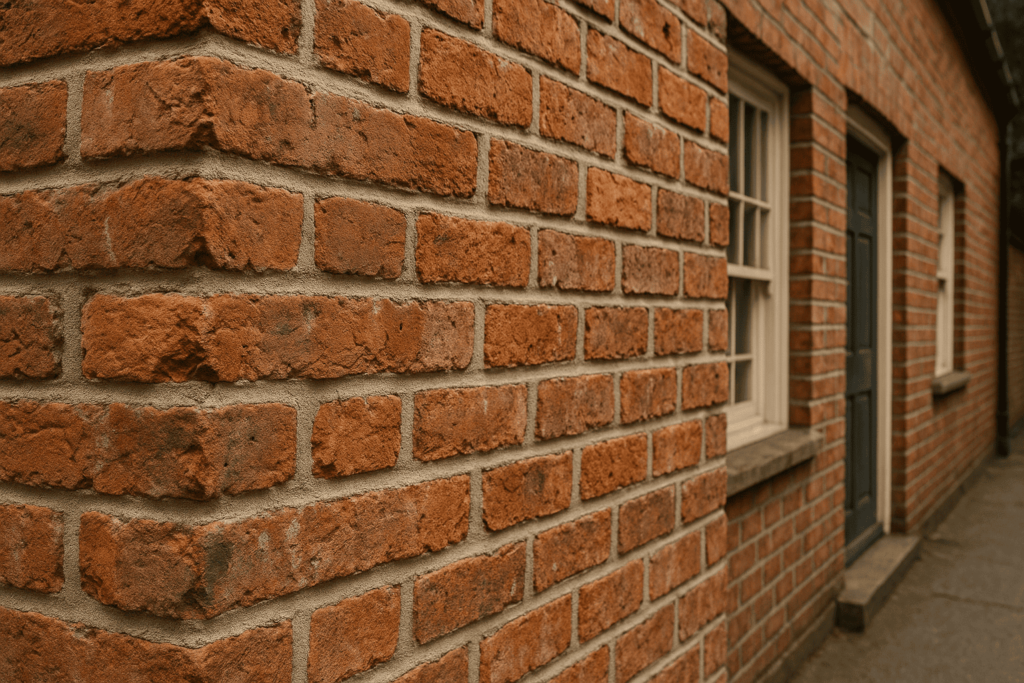
Construction Safety Protocols
Working on older buildings, often at height, adds safety concerns, especially for restoration jobs involving chimneys, parapets, or historic façades.
Safety Protocols:
- Scaffolding stability on old structures.
- Lead-based paint exposure during raking.
- Respiratory hazards from dust.
Elevated Service Cost
Struck pointing is not a beginner’s task. It requires masons trained in traditional techniques and experienced in consistent slope creation.
Cost Factors:
- Scarcity of skilled artisans.
- Longer project durations.
- Additional supervision and quality checks.
Conclusion
To sum up this blog, struck pointing does have some challenges only if it’s not done in the right way. Struck pointing is a high-impact and one-time investment as it keeps your masonry intact for decades and protects it from harsh weather conditions and water pooling. The challenges range from slope consistency and material compatibility to repair difficulty and cost. Overcoming these challenges requires experienced masons who use advanced techniques and compatible materials.
Sardar Restoration Corp. proudly serves every corner of NYC, including the Bronx, Manhattan, Brooklyn, Westchester, and Queens. Our services are designed to meet your needs, providing top-quality solutions wherever you are. Check our service areas to see how we can assist you in your location.
Contact us today at (+1) 917-355-8556 or sardarrestoration@gmail.com, or visit us at 2770 Fish Ave, Bronx, NY 10469, United States.
FAQs
Do you offer structural pointing services for both residential and commercial properties?
Yes! Sardar Restoration Corp. offers Struck pointing services for both residential and commercial buildings in NYC. We tailor our approach to match your structure’s needs, style, and age.
What types of mortar do you use?
Sardar Restoration Corp. uses a variety of mortar types that best suit your building type and age, including:
- Lime-based mortars
- Cement-lime blends
- Custom-colored mortars
How long does the process take?
Performing Struck pointing takes 2-5 days in small homes and 1-2 weeks in larger homes, depending on the size and structural needs, but Sardar Restoration Corp. always provides a clear timeline upfront.
Do you work in all weather conditions?
Yes! But we avoid performing struck pointing during rain, frost, or extreme heat, but we carefully use protective coverings like tarps and heating blankets when necessary. Your project will only proceed under safe, optimal conditions.
